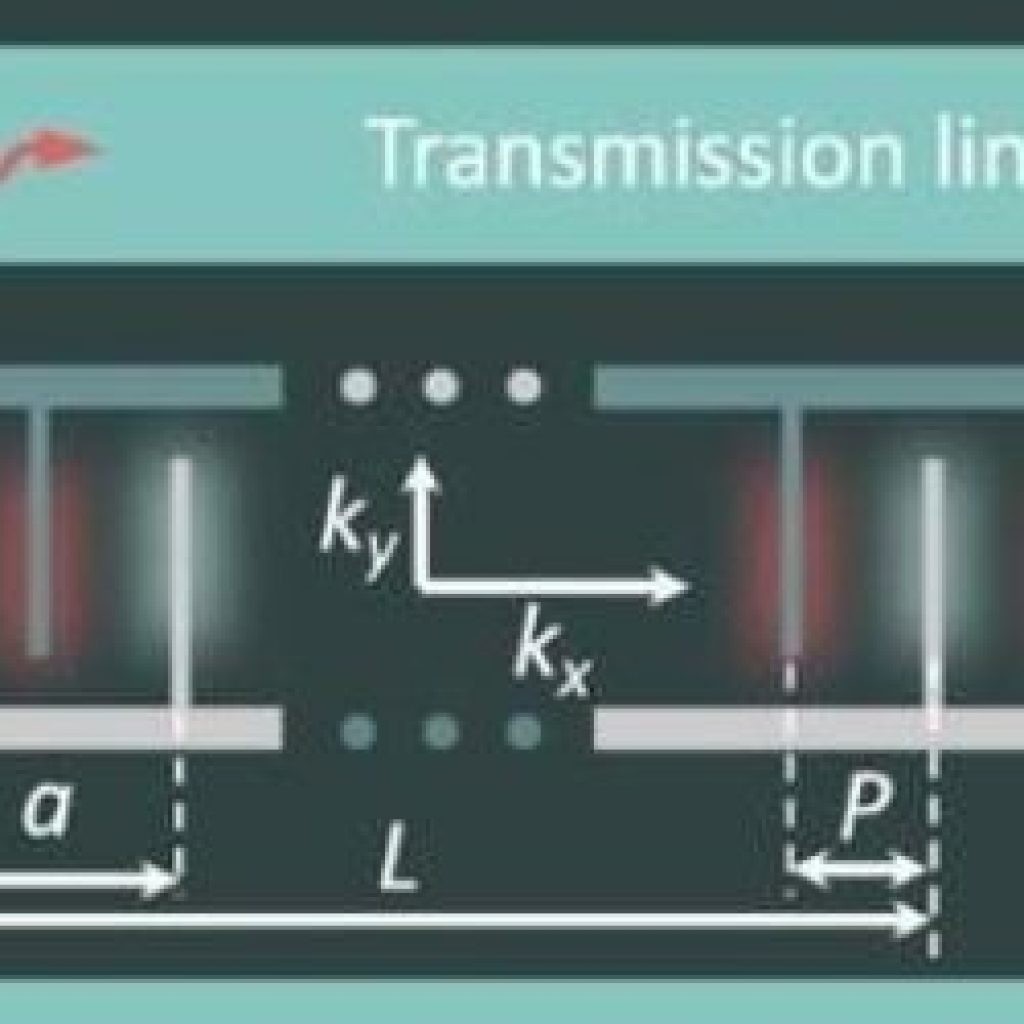(Phys.org) Researchers have recently displayed the interaction of superconducting qubits; the basic unit of quantum information, with surface acoustic wave resonators; a surface-wave equivalent of the crystal resonator, in quantum physics. This phenomena opens a new field of research, defined as quantum acoustodynamics to allow the development of new types of quantum devices. The main challenge in this venture is to manufacture acoustic resonators in the gigahertz range. In a new report now published on Nature Communications Physics, Aleksey N. Bolgar and a team of physicists in Artificial Quantum Systems and Physics, in Russia and the U.K., detailed the structure of a significantly simplified hybrid acoustodynamic device by replacing an acoustic resonator with a phononic crystal or acoustic metamaterial.
Superconducting quantum systems are promising for quantum technologies in quantum informatics and are fundamental to new research directions of quantum optics and artificial atoms. These systems can easily achieve a strong coupling regime even to macroscopic circuit elements. Several research groups had achieved quantum acoustodynamics (QAD) using artificial atoms, where electromagnetic waves can be replaced with acoustic versions and photons by phonons. In this work, Bolgar et al. studied a hybrid circuit where a superconducting qubit was strongly coupled simultaneously to two systems of different nature: acoustic and electromagnetic, with a phononic crystal and a one-dimensional (1-D) transmission line of electromagnetic waves.
New Research in Quantum Acoustodynamics to Enable Development of New Types of Quantum Devices
